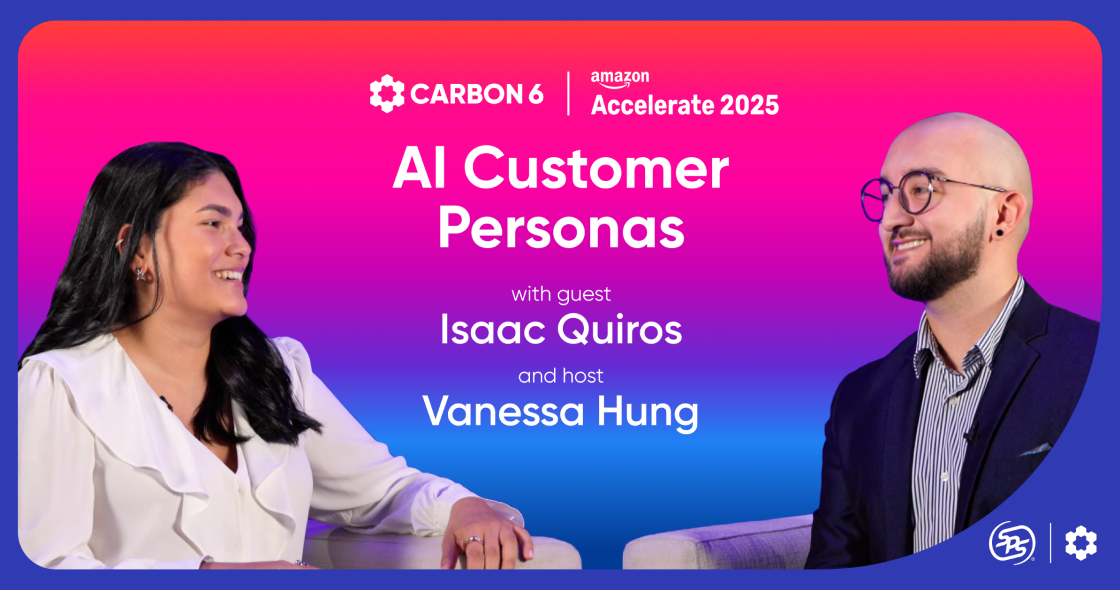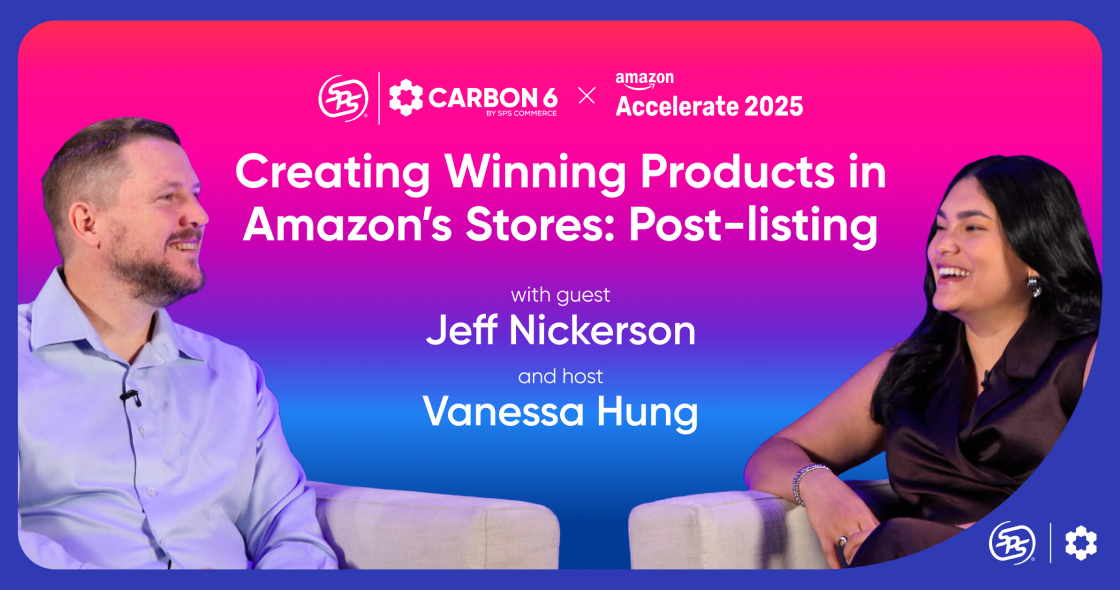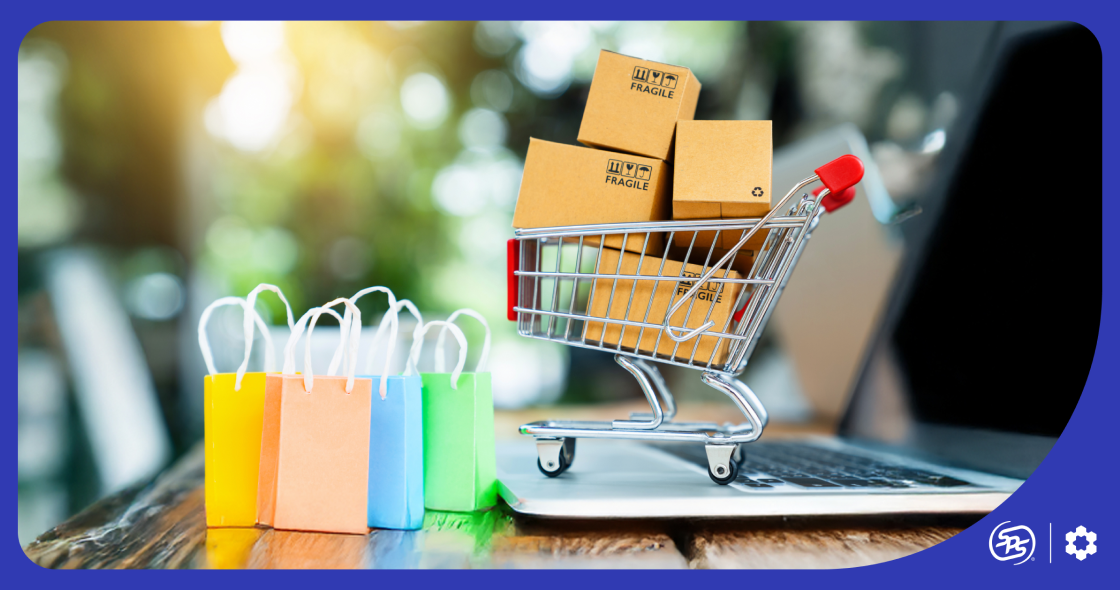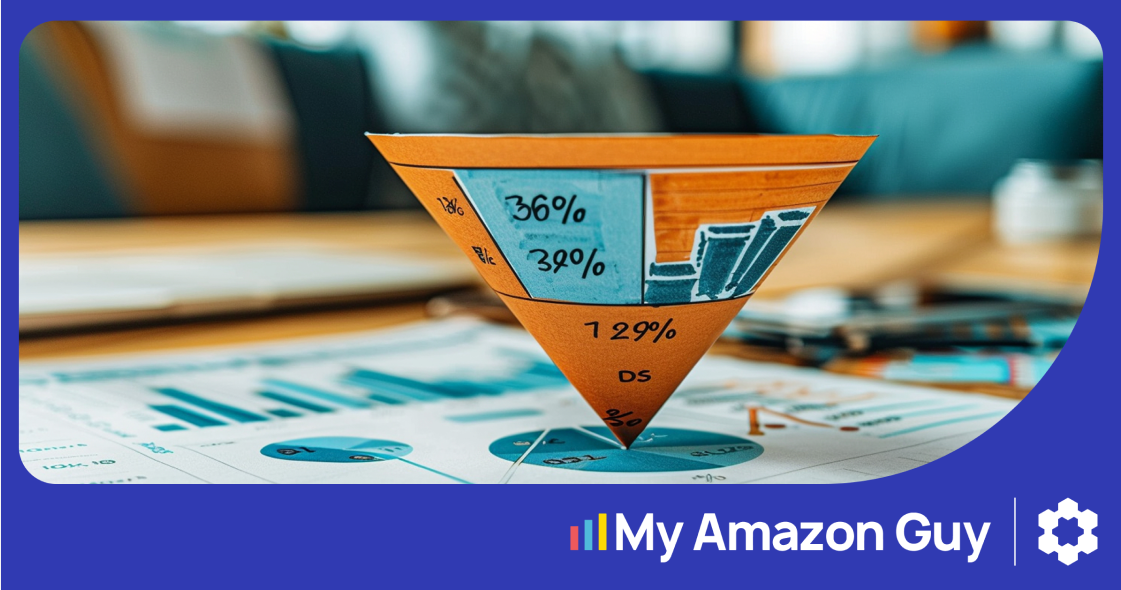Listen to This Article
Amazon ROI (Return on Investment), as a concept, would include everything that contributes to your operations on Amazon. Things like advertising, inventory management, listing optimization, and all other activities that go into running and expanding your Amazon business would factor into this.
Meaning there are key factors which influence Amazon ROI, with specific steps you can take to improve each. In broad terms, you raise your Amazon ROI by:
- Reducing costs
- Raising results
Seems simple. In principle it is.
One or the other is effective.
Achieving both maximizes results.
Let’s take a look at how to better grow your Amazon business.
What Drives Amazon ROI?
ROI is crucial for assessing the profitability of your store on Amazon.
A simple formula to calculate your return on investment is:
ROI = ( Net Profit / Cost of Goods Sold (CoGS) ) x 100
Many factors go into both Net Profit and CoGS.
Key Factors Influencing Amazon ROI
When it comes to Amazon marketplace optimization and improving your ROI, you’re looking at the efficiency and results of a few key areas:
- Advertising
- Listings
- Inventory
- Data
- Operations
Each with its own, particular strategy for success.
Strategy #1: Advertising
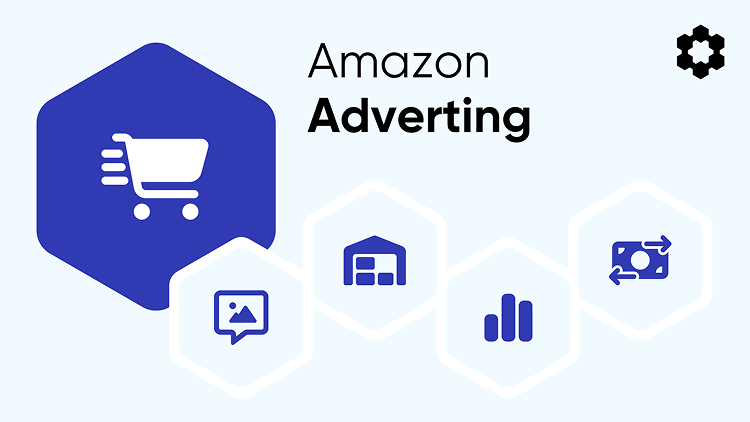
There are two major metrics for successful advertising; the ROI of your advertising itself, and your Amazon ACoS (Advertising Cost of Sales).
ROI: measures the profitability of your ads.
ACoS: shows the percentage of sales revenue spent on advertising.
Your goal is to lower ACoS, while raising advertising ROI.
Ways to positively impact your advertising efforts include:
- Optimize product listings to improve visibility, increase conversions and raise sales rank.
- Keep up with keyword research and use high-performing keywords in your ads and listings.
- Monitor and refine your bids, ad placements and targeting options.
- Make use of customer feedback to optimize and enhance both your campaigns and your product listings.
- Explore diverse ad formats and conduct A/B testing to find the top performers.
As well, consider off-Amazon advertising. Amazon external traffic has become important and is rewarded. Driving shoppers to your Amazon listing from other sources can help your sales rank and improve your organic search results – ultimately leading to a (sometimes significant) lower cost of advertising.
Software Solutions like PixelMe by Carbon6 help drive that traffic and move your products to the top of search results, serving to lower ACoS and drive ROI.
Amazon’s Brand Referral Bonus rewards sellers with a 10% rebate on sales driven through external traffic. This means that, for example, if you sell a $100 product you can earn $10 back — a compelling incentive. Factor this rebate into your advertising gameplan.
Take a look at other options you may not have considered, such as DSP (Demand-Side Platform), an advertising platform that allows advertising buyers to reach multiple ad outlets through a single interface. Amazon DSP can automatically place bids for ad resources from a variety of publishers.
Once only for the highest-volume sellers, DSP has become much more affordable over the years. Ever been watching Amazon Prime and seen an ad or a commercial for some relatively simple product you never would’ve expected to see on TV?
That’s Amazon DSP, and it’s become quite accessible. Tools like Carbon6’s DSP Prime can help manage this more complex, but potentially far more lucrative, advertising method.
Strategy #2: Your Listing
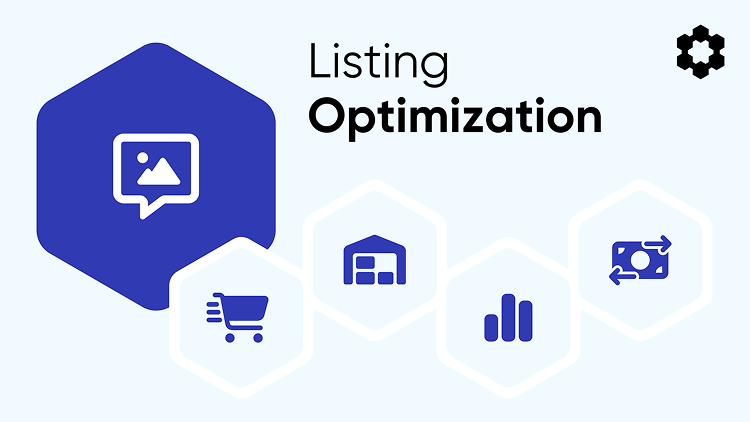
On Amazon your product listing is everything. It’s the product display, the information, the sales signs, and everything else the customer needs in order to make the decision to buy.
In most every way, when it comes to your listing the buck stops (and is hopefully spent) there. Whether a visiting shopper converts to a purchase — or not — has everything to do with how well your listing presents and showcases your product.
Much has been written on the subject of Amazon listing optimization. The best strategies revolve around a few, key points.
- Product title
- Images
- Description
- Bullet points
- A+ content
- Search terms (Keywords)
Effective keyword optimization is one of the most important, and potentially dynamic, fundamentals to customers finding your product in searches. Use free keyword research tools, like those provided by ManageByStats, to find the keywords you should be ranking for, and make those terms part of your listing.
Consider Amazon seller consulting, or using an Amazon product listing optimization service to help you stay on top of your product listings.
Pricing is another dynamic factor in the success of your product. With advanced repricing strategies product prices don’t remain constant, but instead change often depending on competitor prices, supply and demand, and market trends. Amazon even offers an automated pricing tool for this purpose.
Strategy #3: Product Inventory
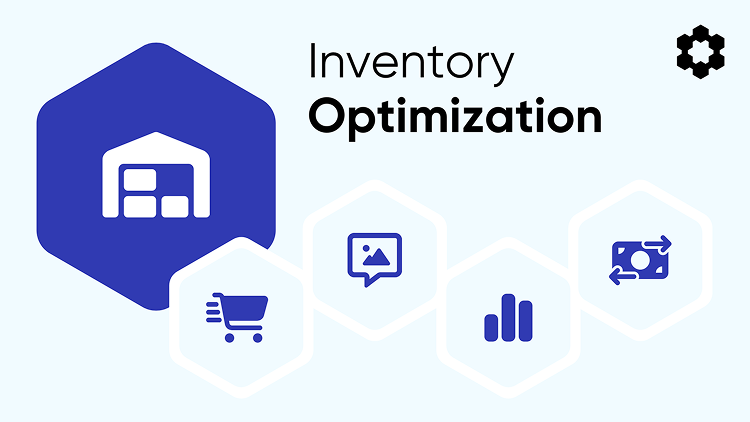
Inventory is the backbone of your Amazon operation, which means the more efficient you can make your supply chain the greater the impact on your overall Amazon ROI.
Amazon inventory optimization is achieved through:
- Accurate Demand Forecasting: predict future demand and avoid both stockouts and overstocking.
- Regular Inventory Audits: routinely check to make sure your records match the actual stock.
- Optimize FBA Levels: balance stock between FBA and your own storage to reduce fees.
- Seasonal Awareness: plan for seasonal fluctuations.
- Proactive Handling: if you have an excess of inventory use promotions, discounts or other tactics to move products.
Services like SoStocked help you recover profit, avoid stockouts and forecast accurately.
Use SoStocked’s free tool for FBA size tiers optimization, and maximize your ROI by minimizing fees.
Strategy #4: Using Data

Ultimately, any efforts to increase ROI hinge on data. Data provides the insight with which to act.
Carly Fiorina, former CEO of HP, put it best:
“The goal is to turn data into information, and information into insight.”
Insight, which then leads to actions that can be taken to improve profitability and ROI.
Yet, before you gather data there’s an even more fundamental truism, as noted so elegantly by one Mark Twain:
“Data is like garbage. You’d better know what you are going to do with it before you collect it.”
This, in truth, becomes one of the greater challenges.
What data do you gather, how do you analyze it, and how do you put it to use?
Analyzing market trends to boost seasonal sales, for example, would be a productive data-gathering exercise. What about other metrics? Amazon is a treasure trove of information, if you know:
- What to look for
- How to find/extract it
- What to do with it.
Naming KPIs (Key Performance Indicators) is one way to organize your data into what’s relevant, what to monitor and what to adjust. Choosing those would be part of your overall optimization efforts, and there are four (4) for sure that Amazon sellers should be operating by:
- Sessions
- Conversion %
- Profit
- Average Review
Each of those has many sub-stats that drive them, which if boosted will lead to overall increases in ROI.
Services such as D8aDriven by Carbon6 exist to help with automated reporting, forecasting, and actionable recommendations. There are also analytics and reporting tools designed to help.
Whether you gather and organize data yourself, or use a tool or service to do it, the insight to be gained through proper data analysis is vital to your success.
Strategy #5: Recovering What You’re Owed
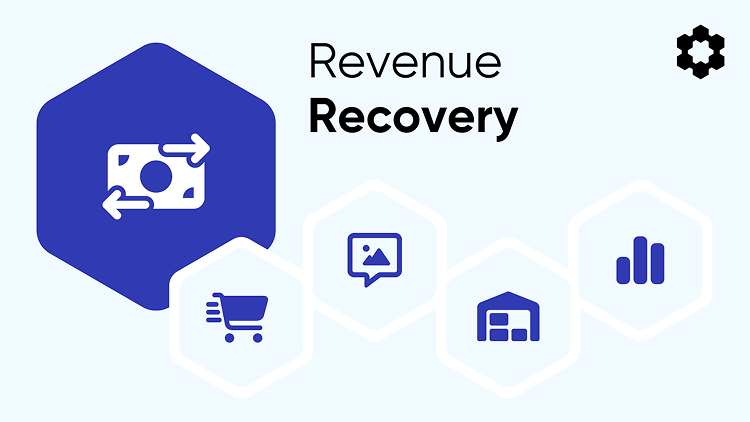
A penny saved is a penny earned, it’s said, which means recovering funds you’re owed goes a long way toward your bottom line. This would be the final strategy in an overall push to improve Amazon ROI. Recovering these otherwise lost funds is yet one more path to profit.
2 Types of Recovery
Depending on whether you’re an Amazon seller or vendor, there are two principal sources of lost revenue. And by lost, of course, we mean “waiting to be found”.
Amazon Reimbursements
Everything from inbound shipments to lost and damaged items, customer returns to overages and discrepancies can lead to reimbursements owed to you by Amazon. Sellers can manually request reimbursements for eligible cases through Seller Central, or, to offload this often tedious and time-consuming task, Amazon reimbursement services like Seller Investigators exist to automate and streamline the manual claims process.
Revenue Recovery
For Amazon vendors, a different sort of recovery challenge exists: deductions. Deductions are a financial penalty issued to 1P vendors for failing to meet specific operational or logistical standards. They come in three basic types:
- Shortages
- Accruals
- Chargebacks
These deductions occur directly from vendor payments, incentivizing strict compliance with Amazon’s guidelines. In this case a service like ChargeGuard, by Carbon6, can help vendors recover the funds they’re owed.
The biggest part of a successful recovery strategy is to make sure you have a system in place to find, track and recover lost funds.
Stay Agile
Be ready to adapt to changes in the marketplace, and above all stay informed. In every industry information is king. In the Amazon world it’s practically a minor deity. Amazon is a massive sandbox, but it’s their sandbox, their rules.
They change often.
You need to not only be up on the latest, but to understand what those changes mean to your Amazon operations and how they affect your ROI.
Stay on top of Amazon news and announcements by subscribing to resources like the Carbon6 weekly Top 5 Reads newsletter, or reading the News & Announcements page.
With information, and strategies to capitalize on it, you’ll have the oversight and insight you need to take your brand to the next level.
Expansion
While not a direct strategy to improve ROI, brand expansion is nevertheless a great way to grow your bottom line.
It’s hard to get bigger without the rest coming along.
One hot zone of Amazon global expansion right now is the EU. Expanding your business to Europe can be an excellent way to grow. Making that move involves legalities and logistics, managing ecommerce operations, ensuring your products are understood by customers in different countries and so on, but sellers doing this are winning.
To begin selling in Europe you need to:
- Understand the difference between the US and EU marketplaces
- Do your research
- Take into account logistics and global considerations
- Include Amazon UK in your plans
- Implement a holistic approach
The EU is, of course, one opportunity for expansion, and there are many other ways to grow. However you go about it, working toward brand growth even as you work to improve ROI should be a tandem operation.
Those Who Did
We thought it would be helpful to close with a few examples where sellers were able to increase their overall ROI by following some of these strategies.
We give you “Those who did”.
| Company Category | Strategy | Tool | Results |
| Health & Household | Operations | Seller Investigators | Recovered over $36K in reimbursements owed by Amazon. |
| Tools & Home Improvement | Off-Amazon Traffic | PixelMe | Saw a jump in BSR for their main category, moving 1547 places, from 6954 to 5407. |
| Supplements & Nutrition | Advanced Advertising | DSP Prime | Boosted stagnant growth, utilizing DSP to go from a ROAS of 2.3 to 14.1 — a jump of over 6x in 45 days. |
| Clothing | Inventory | SoStocked | Helped drive a 90% reduction in stockouts paired with a 100% increase in sales. |
| Industrial & Scientific | Data | D8aDriven | Saw a 412% increase in revenue, a 423% growth in attributed ad sales, with a reduction in ACoS from 83% to 16% |
Each of the above companies applied in order to either cut costs or raise revenue or both, increasing profit and ROI. In each case they did so with the help of the linked tool in order to maximize results.
When it comes to strategies to boom your Amazon business and drive ROI, Carbon6 stands ready to assist. From tools and solutions for Amazon sellers of all sizes, along with a community and resources dedicated to providing insight and support, we’re here for you.
See what we have to offer. Let us know how we can help.
To your success.


